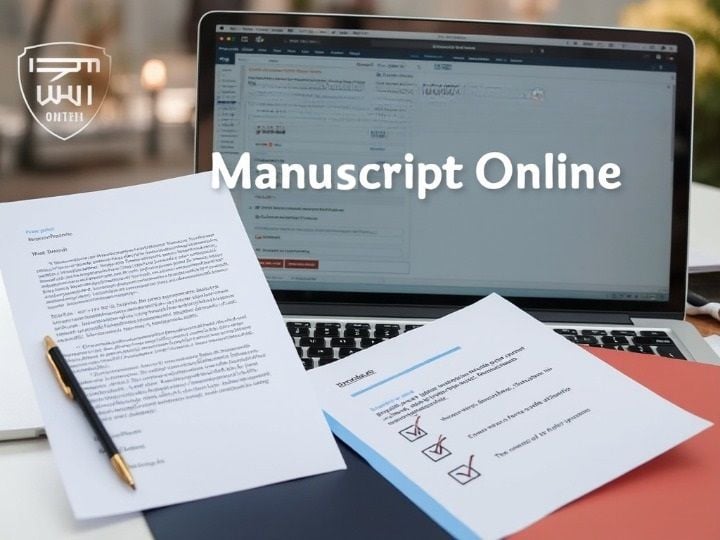Get tips on writing a clear, concise book synopsis, including structure, key elements, and common mistakes to avoid. Ideal for authors.
Introduction
A book synopsis is a crucial tool for authors and readers alike. Whether you’re a writer trying to pitch your book to a publisher, or a reader who wants to quickly grasp the essence of a novel before diving in, a book synopsis plays a vital role in summarizing the core elements of a story. In this article, we will explore what a book synopsis entails, how to write one, and provide useful examples to guide you through the process. If you’re looking to craft the perfect synopsis or understand how to evaluate one, read on.

What is a Book Synopsis?
A book synopsis is essentially a summary of the plot and key elements of a book, presented in a concise format. It highlights the main characters, conflicts, themes, and resolutions without delving into excessive detail or subplots. For authors, writing a book synopsis is a common requirement when submitting manuscripts to agents or publishers. The goal is to provide a clear overview of the story, enticing the reader to want to explore the full text.
For instance, imagine trying to describe a complex novel like Moby-Dick. A synopsis would condense this into a brief description: “Captain Ahab’s obsessive quest to capture the great white whale, Moby-Dick, leads his crew on a perilous journey of vengeance and self-destruction.” By offering the main thrust of the story, a synopsis serves as a roadmap for what to expect.
How to Write a Book Synopsis
Writing a book synopsis can be daunting, but by following these steps, you can create a compelling and clear summary that reflects your book’s key elements.
1. Focus on the Core Plot
The first step in writing a synopsis is identifying the central plot. What is the main conflict of your story, and how is it resolved? Avoid getting caught up in subplots or minor details. The focus should be on the main arc that drives your narrative forward.
2. Introduce Key Characters
In your synopsis, make sure to introduce the main characters, especially the protagonist and antagonist. Explain their motivations and how they influence the story’s progression. Readers should get a sense of who these characters are and why they matter.
3. Highlight the Main Conflict and Resolution
Every great story has a conflict that the characters must overcome. Whether it’s a personal struggle, a relationship issue, or a grand battle between good and evil, this should be central to your synopsis. Once the conflict is established, briefly describe how it is resolved by the end of the story.
4. Keep it Short and Engaging
A book synopsis should typically be between 300-500 words, although requirements may vary depending on the publisher or agent. Make sure your synopsis is clear, engaging, and concise. Avoid unnecessary details, and make every sentence count.
Book Synopsis Examples
To help illustrate how to craft an effective book synopsis, here are some book synopsis examples across different genres:
Example 1 – Fiction: The Great Gatsby by F. Scott Fitzgerald – “Jay Gatsby, a mysterious millionaire, throws extravagant parties in hopes of reuniting with his lost love, Daisy Buchanan. Set in the Roaring Twenties, this novel explores themes of wealth, love, and the American Dream.”
Example 2 – Non-Fiction: Becoming by Michelle Obama – “In this memoir, former First Lady Michelle Obama chronicles her journey from growing up on the South Side of Chicago to her time in the White House. With grace and candor, she shares the personal and public challenges she faced and her efforts to empower others.”
Both of these examples demonstrate how to condense the main elements of a story into a few sentences while capturing the book’s essence and appeal.
Common Mistakes to Avoid When Writing a Book Synopsis
Writing a book synopsis can be challenging, and there are several common pitfalls that writers often fall into. One of the most frequent mistakes is including too much detail. Remember, a synopsis is meant to give a brief overview of the plot, not an exhaustive breakdown of every event or subplot. Another mistake is focusing too heavily on minor characters or side plots, which can detract from the main storyline. It’s also crucial to avoid writing the synopsis in a way that feels more like a book blurb, which is designed to entice the reader without revealing too much. A synopsis, on the other hand, should provide a clear understanding of how the story unfolds from beginning to end. Finally, ensure that your synopsis is free of vague language or overly dramatic statements—be specific and stick to the facts of the story. By avoiding these errors, you can create a more compelling and professional synopsis.
Crafting the Perfect Book Synopsis
Mastering the art of writing a book synopsis is essential for both aspiring authors and avid readers. It not only serves as a powerful tool in marketing and pitching books, but it also helps readers understand and appreciate the central themes of a story in a condensed format. By focusing on the core plot, introducing key characters, and maintaining brevity, writers can create a compelling synopsis that captivates the reader.
If you’re looking for inspiration or examples, check out various book synopsis examples online to see how others have summarized their stories effectively. And remember, a well-crafted synopsis can make all the difference in drawing in your audience.
You might be interested in reading How Do Authors Earn Money? as well.







